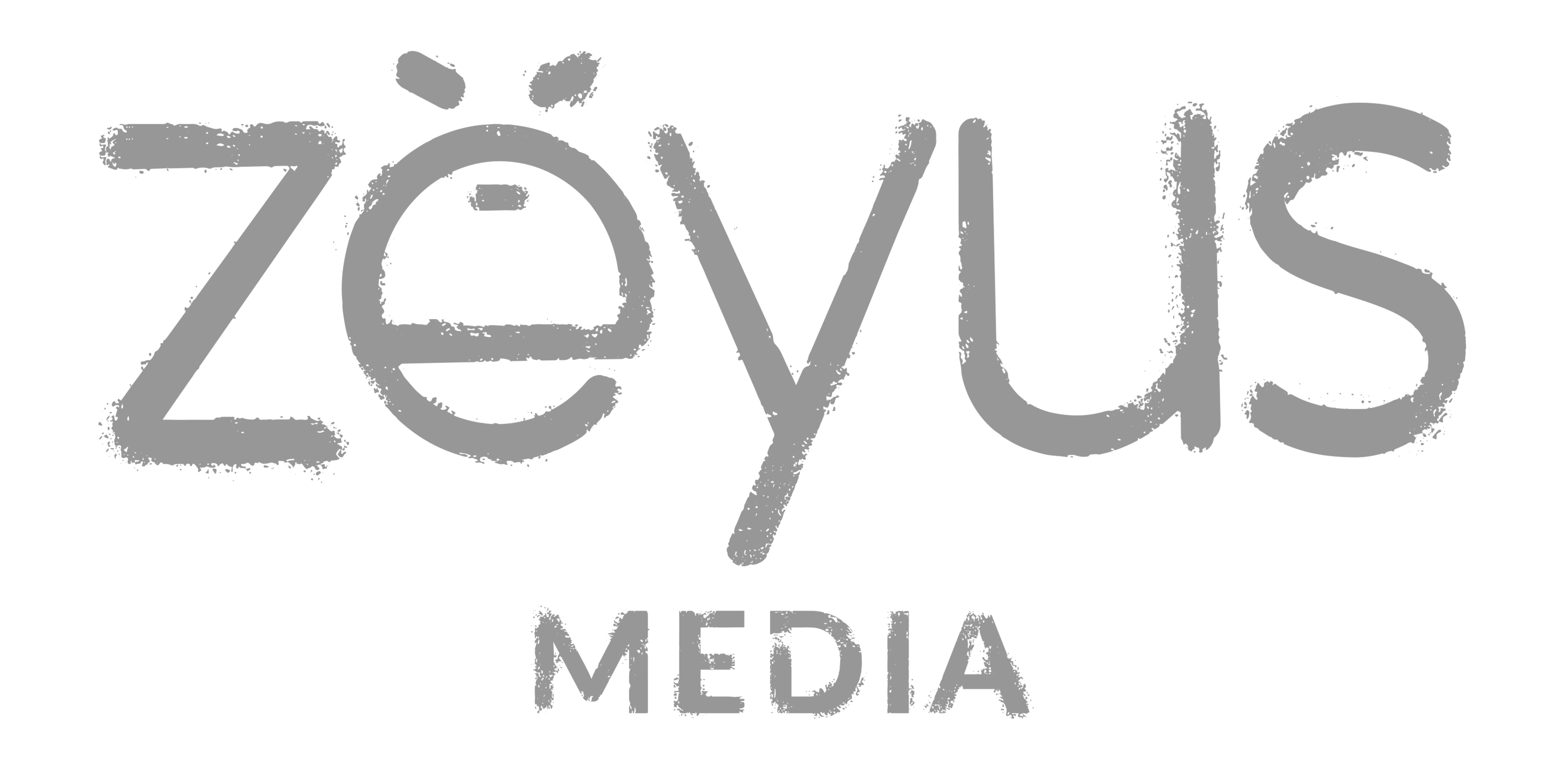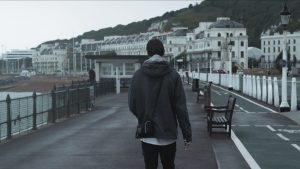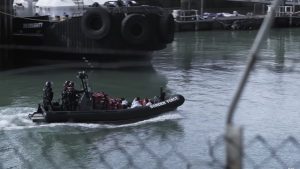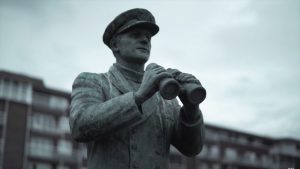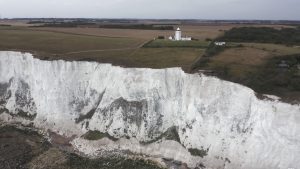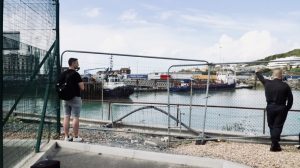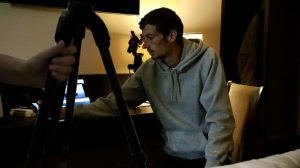‘Dover: Make Yourself At Home’, a title inspired by the words of a migrant whose message was projected onto the cliffs of Dover, introduces you to Steve Laws, a resident of Dover who adopted the role of citizen journalist with his phone footage documenting the arrival of hundreds of migrants going immediately viral. This documentary short was the first in a series for Platform that aim to provide a voice to the people of Britain with no slant, no filter and no agenda, treating subjects with dignity, and aiming to create works which are true to their personal journeys.
In keeping with the aims of the series the crucial elements were to present everything as raw and unbiased as possible. Steve is neither commended as a hero nor scolded as a villain, but simply presented as an average member of the public observing the issues that he sees around him. Likewise, the illegal migrants entering the country were also to be treated neutrally with no attempts made to film anything that would be exploitative.
The direction of the piece aims to chart the movement of the issue as it enters the country. The opening drone shot helps to establish this by providing an idea of what one might see were they to approach the cliffs of dover in a small dinghy. Steve then acts as a guide explaining why he became involved and showing us various important locations. Visually I wanted to communicate the nautical experience of being on the shore of dover on a rainy day in September so the colour design tended towards cold blues and aquatic teal hues. The final shot also plays upon this nautical theme providing a drone portrait of Steve in the guild of a lighthouse keeper, looking out to sea and shedding light.
The soundtrack plays a crucial role in the film. Inspired by the score for “Solaris” (2002) by the legendary Cliff Martinez, the steel drum sound has such a beautiful depth and sparkle to it that immediately brings you to the sea. Complementing this is the sound design, which simultaneous to this notion of people crossing the waves uses sonar blips and radio waves, more specifically of naval search chatter and talk radio, to build up the wall of noise that the issue has produced.
Initially published on September 6th, Platform were amongst the first to produce documentary style content around this issue with Vice and mainstream terrestrial channels following months behind, with it being apparent that they all seemed to adopt a far less aggressively bias stance then would usually be the case in relation to an issue such as this.
- Steve Laws
- Illegal migrants brought in by border force
- The port of Dover
- White cliffs of Dover
- Filming Port of Dover
- Setting up the interview
